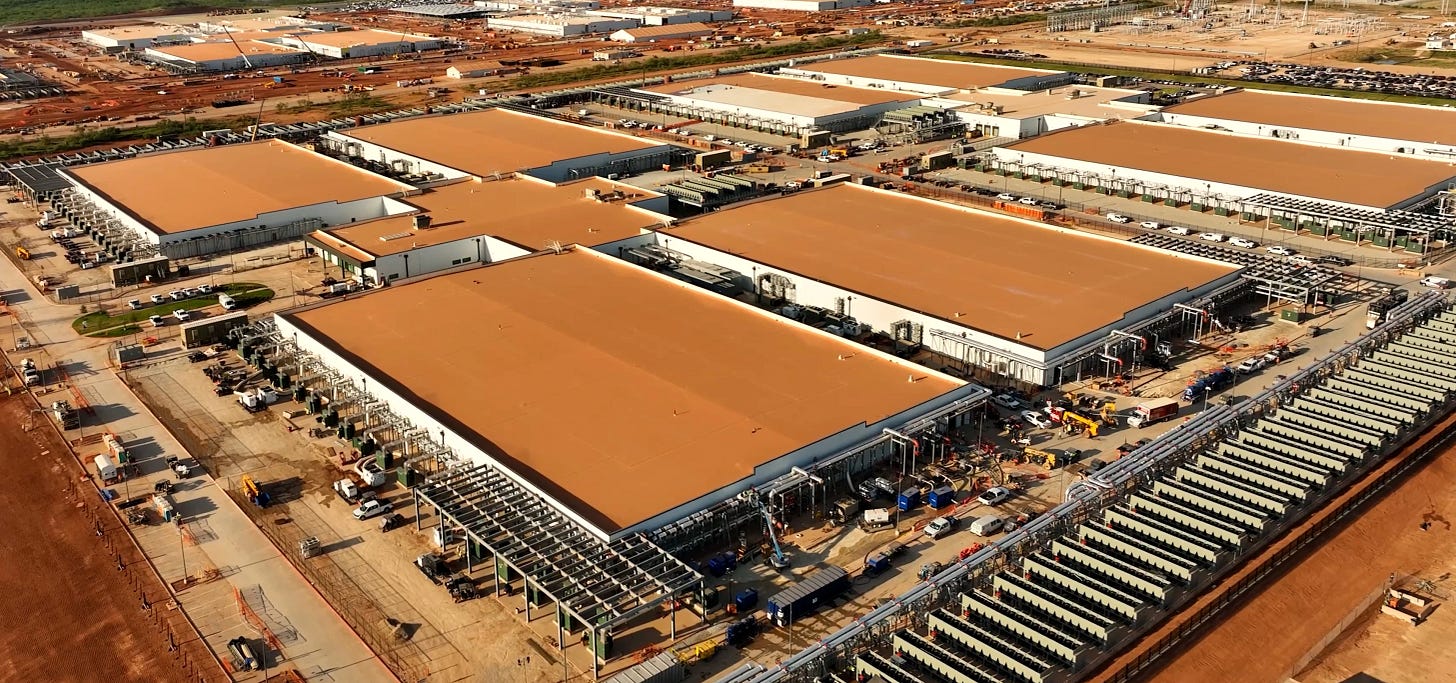📈 The AI dashboard
Watch boom turn to bubble (or not) in real time
A month ago, we released our framework for assessing whether AI is a bubble. The framework uses five key gauges which measure various industry stressors and whether they are in a safe, cautious or danger zone. These zones have been back‑tested against several previous boom‑and‑bust cycles. As a reminder, we track:
Economic strain (capex as a share of GDP)
Industry strain (investment relative to revenue)
Revenue momentum (doubling time in years)
Valuation heat (Nasdaq‑100 P/E ratio)
Funding quality (strength of funding sources)
The framework has circulated through boardrooms, investment memos, and policy circles – and today, we’re taking it a step further.
We are launching v1 of a live dashboard, updated in real time as new data comes in.
A month later, what’s different?
Economic strain
The economic strain gauge measures how much of the US economy is being consumed by AI infrastructure spend. We look at AI‑related capital expenditure in the US as a share of US GDP. …

